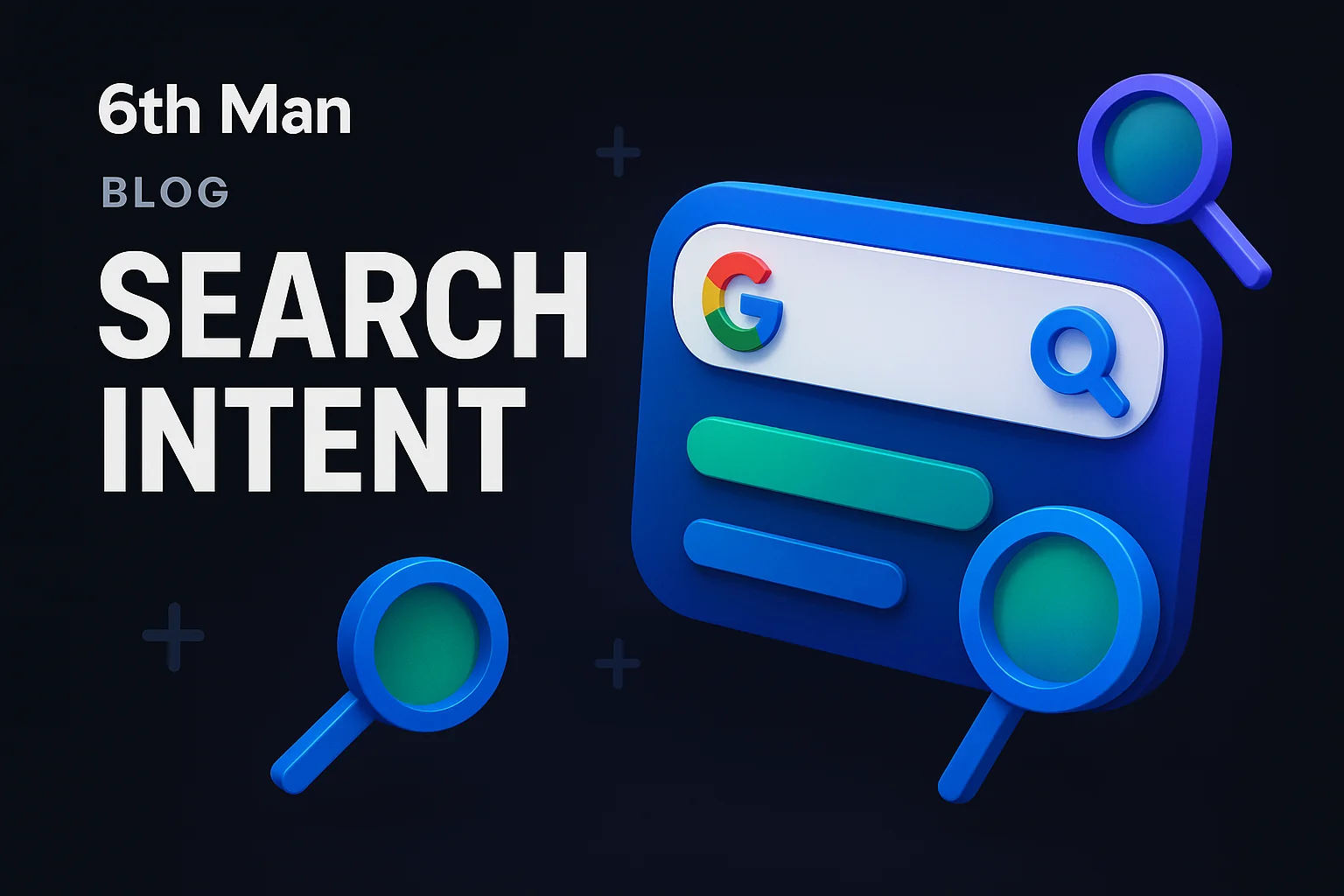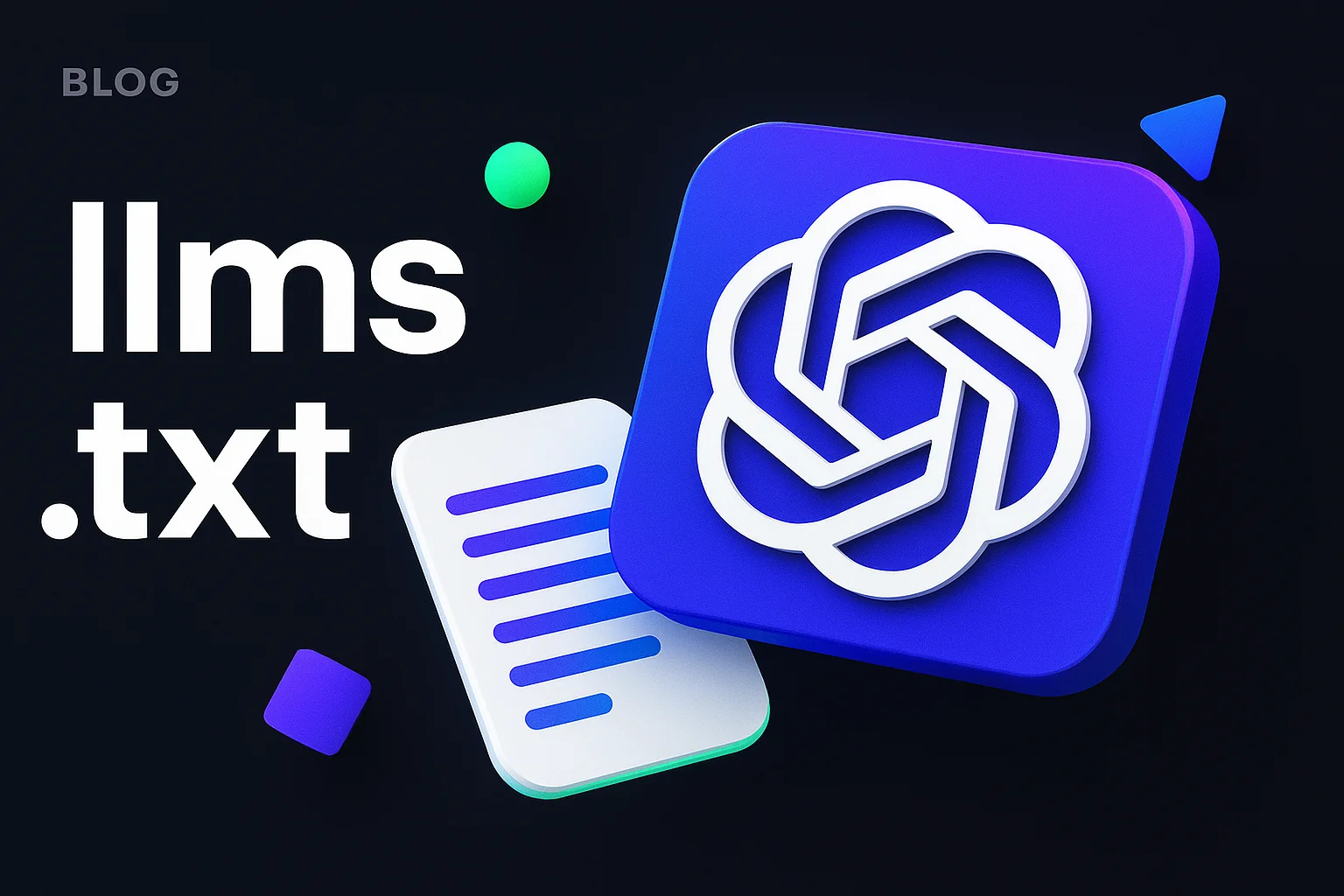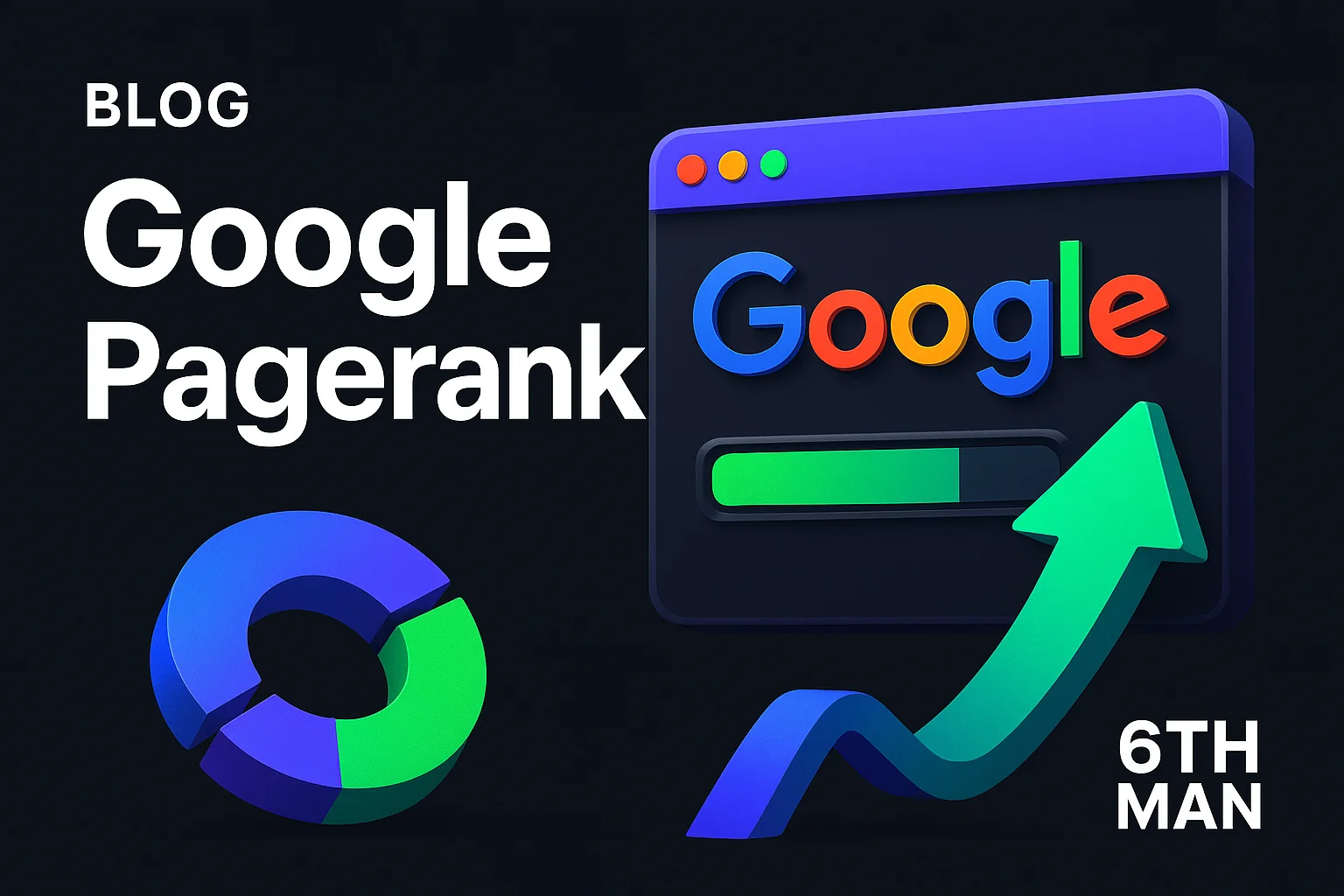What Is Search Intent?
Search intent is the underlying goal or motivation behind what a user types into a search engine. Each time someone searches on Google, they’re making it clear what they hope to find—maybe an answer, a specific website, a product to buy, or options to compare. Grasping user intent is essential for effective SEO. It ensures your content actually serves your audience instead of simply ranking for unrelated keywords.
In real-world terms, understanding search intent empowers marketers and businesses to create content that truly matches what potential customers actually need. It goes far beyond targeting keywords. The real challenge is in getting specific—matching not just the topic, but also the right format and perspective for each stage of the audience journey. By recognizing intent types, you don’t just pull in visitors. You attract the right visitors—people who turn into leads, customers, and loyal advocates.
Learning how to read between the lines of a search query is a powerful skill for anyone aiming to lead their niche. This applies whether you’re optimizing a B2B SaaS website, managing an e-commerce store, or growing in a crowded local market. At 6th Man, search intent is the foundation of every SEO strategy we devise. It shapes our digital marketing solutions and sits at the core of every organic and paid campaign we launch.
Why Search Intent Matters for Your Business & SEO
Getting search intent right can make the difference between a first-page win and work that falls flat. When your content aligns with what people are truly seeking, you see conversion rates rise and bounce rates fall. It’s not just about increasing page views—it’s about attracting the right visitors and serving up exactly what they need. Matching your offering to audience intent is what really drives meaningful business results. Traffic counts alone just aren’t enough.
Here’s why search intent should be your guiding principle:
- Improved Rankings: Google increasingly rewards pages that genuinely satisfy users, not just ones filled with keywords. When your content solves the real need, you move up the rankings.
- Better Engagement: Content that matches intent keeps visitors around longer. They explore more pages and engage with your offers. This positive engagement sends powerful signals to Google, boosting your overall SEO performance.
- Business Impact: By aligning content with keyword intent, you attract warmer leads, simplify your sales funnel, and boost conversion rates. This is especially crucial for e-commerce and B2B brands with complex buyer journeys.
- Efficiency: Focusing on audience intent means your content works harder. You’re not wasting effort on pieces that never get seen or acted upon.
At its heart, search intent lets you shift from guesswork to strategic, data-driven decisions. That’s exactly the approach we take in digital marketing at 6th Man.
The Four Types of Search Intent (With Examples)
If you want to optimize for search intent, you need to recognize the main types of search queries that people use. Both Google and SEO experts typically break these down into four basic categories. Each one triggers different behaviors and brings unique business opportunities:
Navigational Intent
Navigational intent is all about searches where users want to reach a specific site or page. These searchers already know their destination—they’re simply using Google as the quickest route. For example, searching for “6th Man Digital” shows a clear intent to find our home page or a particular service. Navigational queries often come up for branded searches and tools (like “Asana login”).
To optimize for navigational intent, make sure your brand’s home page and most important landing pages show up at the top for these searches. If you’re missing here, you could lose your own branded traffic to competitors or even affiliates. Keep your technical SEO strong, get your internal links right, and use schema markup to boost your visibility.
If you want to dive deeper, check out how navigational, informational, and transactional intents compare in our article: Navigational vs Informational vs Transactional: Differences.
Informational Intent
Informational intent appears when users want knowledge, answers, or guidance—but aren’t shopping just yet. Searches like “what is content optimization,” “how to improve SERP rankings,” or “best search intent tool” fit this intent. These queries bring in plenty of top and mid-funnel traffic, and they’re key for building authority and trust in your field.
Addressing informational intent means publishing deep guides, detailed how-tos, and clear FAQs. For instance, our article on keyword research targets users who are looking for SEO basics. That’s a textbook example of serving informational intent.
- Pro tips for B2B/Ecommerce: Leverage the power of content clusters to answer related questions and establish real topical authority.
Commercial Intent
Commercial intent—sometimes called “commercial investigation”—bridges the gap between seeking information and making a purchase. Here, users are actively researching, comparing brands, reading reviews, or hunting for the best solutions. Searches like “best SEO agency Belgium,” “Shopify vs WooCommerce for SEO,” or “6th Man reviews” show clear interest in buying, even if they’re not quite ready to pull the trigger.
To win at commercial intent, your content needs both hands-on expertise and persuasive context. Step up with product comparisons, roundup posts, detailed case studies, customer testimonials, and buying guides. At 6th Man, our in-depth case studies and comprehensive solutions give potential buyers the confidence they need to choose.
Transactional Intent
Transactional intent is where actions happen. These users want to do something now—buy, subscribe, book, or request a quote. Their searches are clearly action-oriented: “buy SEO package,” “get e-commerce marketing team,” “hire webflow developer.” These are the searches that can turn straight into revenue.
Optimizing for transactional intent calls for effective landing pages, strong calls-to-action, and friction-free conversion paths. Every page element should make it easy for users to act. Want to see this in action? Explore our e-commerce solutions—these are crafted specifically to channel transactional intent into business results.
- Build pages laser-focused on what users want. Provide direct actions, like form submits, demo bookings, or purchase flows.
- Minimize distractions. Highlight your value and the main action button right up front.
How To Identify Search Intent (And Get It Right)
Getting search intent right isn’t just about making educated guesses. There’s a clear, structured process that blends intuition with data. Here’s how we, and other top teams, make sense of it all:
Analyze the SERP (Search Engine Results Page)
Start by studying the SERPs. Review what’s currently ranking for your target keyword. The existing results are your playing field, revealing what content types (blogs, product pages, comparisons, videos) Google favors for that query. Guides signal informational intent. If it’s full of product listings, transactional intent is probably on top.
- Check for special features on SERPs like People Also Ask, Knowledge Panels, Featured Snippets, or Shopping Boxes—they all offer valuable clues.
- See who’s ranking highest: Are they brands (navigational), publishers (informational), or retailers (transactional)?
For strategies on optimizing your content for rich snippets and SERP features, read our detailed guide on schema markup.
Study Keyword Clues & Modifiers
The way keywords are phrased gives you strong intent signals. Notice specific words or phrases like “how to,” “best,” “compare,” “buy,” or “near me”—each points to a clear intent. For example, “how to reduce bounce rate” is solidly informational. “Buy standing desk Belgium” is a classic transactional search.
Group keywords by these modifiers using research tools. Focus your content efforts on keywords where the audience’s intent is clear. For extra insight, check out our take on keyword research for organic reach.
Examine Content Format & Angle
Google cares about more than just the right keywords; it considers the format and spin of your content, too. Does your target audience prefer in-depth guides, reviews, comparison tables, or maybe videos? Scrutinize what’s ranking—look at page types (lists, guides, calculators) and angles (unbiased analysis, deep dives, expert tips).
- Example: If every top result is an “Ultimate Guide to Content Optimization,” don’t compete with a skimpy product page. Build a thorough guide instead.
Let the leading content influence your structure, but always raise the bar—offer more value, clarity, or a unique viewpoint. Custom frameworks, visuals, or expert commentary can help your page stand out.
Use Search Intent Tools & Frameworks
Modern tools make it much easier to crack the search intent code. Platforms like Ahrefs, SEMrush, and specialized search intent analyzers scan Google’s results, categorize keywords, and highlight areas for quick improvement. They help you map intent to your content and scale the process, especially for larger sites.
- Analyze your entire keyword list at once—group keywords by intent automatically.
- Track shifts in SERPs to spot when Google reinterprets intent (for example, if a trend causes more commercial results to surface).
If you want to get hands-on with intent analysis, we also run workshops designed to help teams decode and act on Google search intent for stronger, faster wins.
How To Optimize Your Content for Search Intent
Spotting intent is just the beginning. The real value comes from transforming those insights into precise, conversion-ready content tailor-made for your audience. Here’s what you need to do to make your content match intent every time:
Align Your Content Format & Structure
Start by ensuring your content type matches the user’s intent. If visitors want information, offer thorough guides rather than pushing products. If intent is transactional, lead them to streamlined landing pages or store sections.
- Audit Existing Content: Check if each page truly answers the intended query. If not, update, consolidate, or split content as needed.
- Structure for Scannability: Break content into easy-to-digest sections using headers, lists, and visuals. This helps users quickly spot value and stick around longer. Learn more with our guide on bounce rate & dwell time.
- Add Value: Insert unique insights, comparisons, or data. These extras enhance E-E-A-T signals for both readers and search engines. Our post Boost E-E-A-T with Effective Brand Mentions offers more tips.
Refine Titles, Meta, and On-Page Elements
The small details, like titles, meta descriptions, and headers, are prime spots to align with search intent. Be clear about what your page delivers—never use clickbait or misleading headlines. For instance:
- Informational: “How to Choose a CMS for SEO: Expert Guide (2024)”
- Commercial: “Shopify vs WooCommerce: SEO Comparison for E-commerce”
- Transactional: “Book a Free SEO Audit”
Make sure your meta data both sets expectations and encourages clicks. For more optimization ideas, see our primer on category page SEO.
Don’t overlook image alt text, CTAs, or internal links—they all contribute to making your content intent-optimized.
Map Intent to User Journey & Conversion
Great SEO doesn’t end with pulling in traffic. It guides users toward taking the next step. Build conversion-focused user paths from your informational pages to demos, quotes, or product offers. Every step should naturally lead users toward their next logical action. Smart CTAs and strategic internal links help nurture and evolve visitor intent as they move through your content.
- Offer downloadable resources for commercial-intent visitors, transitioning them into your email list or nurturing sequence.
- Use well-placed links to direct informational readers to service offerings—for example, from a search intent guide to your SEO expertise or lead generation solutions.
Mapping these journeys pays off directly in revenue, especially for more complex B2B sales cycles.
Iterate Quickly, Test, and Measure Results
Search intent isn’t set in stone. Audience needs shift, and Google’s understanding of those needs evolves, too. Stay ahead by monitoring your key metrics—bounce rate, dwell time, conversion rates, and search rankings.
- Experiment with A/B tests for headlines, CTAs, and content approaches. Adjust based on what aligns best with user intent.
- Keep tabs on analytics. Identify which queries are working and where content falls short. For robust reporting, take a look at our guide to SEO KPIs and reporting.
- Scale up what gets results. Trim underperforming pages and keep your content strategy agile—the method we use in every 6th Man project.
Practical Frameworks & Tools for Search Intent Analysis
You don’t have to drown in spreadsheets to analyze intent. The right frameworks and tools will make your process faster and smarter. Here’s how to work efficiently:
The “Three Cs” of Search Intent
A proven approach is the “Three Cs”: Content Type, Content Format, and Content Angle. Use this simple lens to break down any ranking SERP and figure out what’s working.
- Content Type: Identify what kind of asset you’re seeing. Is it a blog post, a product page, a landing page, a comparison, a tool, or a video?
- Content Format: Note how the content is built—is it a listicle, how-to guide, opinion piece, review, or tutorial?
- Content Angle: Ask yourself what makes the page stand out. What’s its unique promise, point of view, or edge? It might be expert-led, offer a fast solution, be data-driven, an in-depth analysis, or a direct comparison.
Run each keyword through this framework before creating content. This keeps your efforts focused and sidesteps the trap of churning out content just for the sake of it. For our clients, we map every piece to actual conversion goals and stages of the buyer’s journey for strongest impact.
Quick-Start Tool Recommendations
You don’t need to do everything manually. Today’s search intent tools help you make smarter decisions and bring powerful data to your strategy. Here are some of our favorites at 6th Man:
- Ahrefs/Content Explorer: Analyze what currently ranks, classify intent, and spot changes over time.
- SEMrush Keyword Magic: Quickly cluster keywords by search intent and find useful modifiers.
- Surfer SEO: Compare your on-page elements with successful, intent-matched competitors, then optimize live.
- Google SERP and “People Also Ask”: The simplest and fastest way to watch how intent shifts in your space—cross-check your assumptions with what’s actually showing up in search results.
- Looker Studio Dashboards: Build custom intent tracking and reporting. For step-by-step guidance, see our article on SEO dashboards with Looker Studio.
Pair these tools with your internal analytics to get a well-rounded view of how your intent-based optimizations are performing and to scale your content success.
Next Steps: Supercharge Your Growth with 6th Man Digital
Getting search intent right is essential for winning with modern SEO. It’s the difference between spinning your wheels with content and building a lead engine that brings in high-quality prospects, shortens your sales cycle, and helps your brand flourish. The challenge? The rules and strategies for intent shift often, and successful implementation calls for expertise that’s tough for many in-house teams to build overnight.
That’s where 6th Man Digital steps in. We’re not your typical agency. We’re a flexible extension of your team—bringing senior-level marketing know-how, proven systems, and a relentless focus on delivering actual business results. Whether you’re looking for an actionable SEO gameplan, a robust e-commerce growth strategy, or high-converting landing page design, our team has your back.
Ready to align your content, leapfrog competitors, and unlock steady digital growth? Let’s connect. Contact our team for a candid conversation. Together, let’s turn search intent into your next business growth engine.




.jpeg)